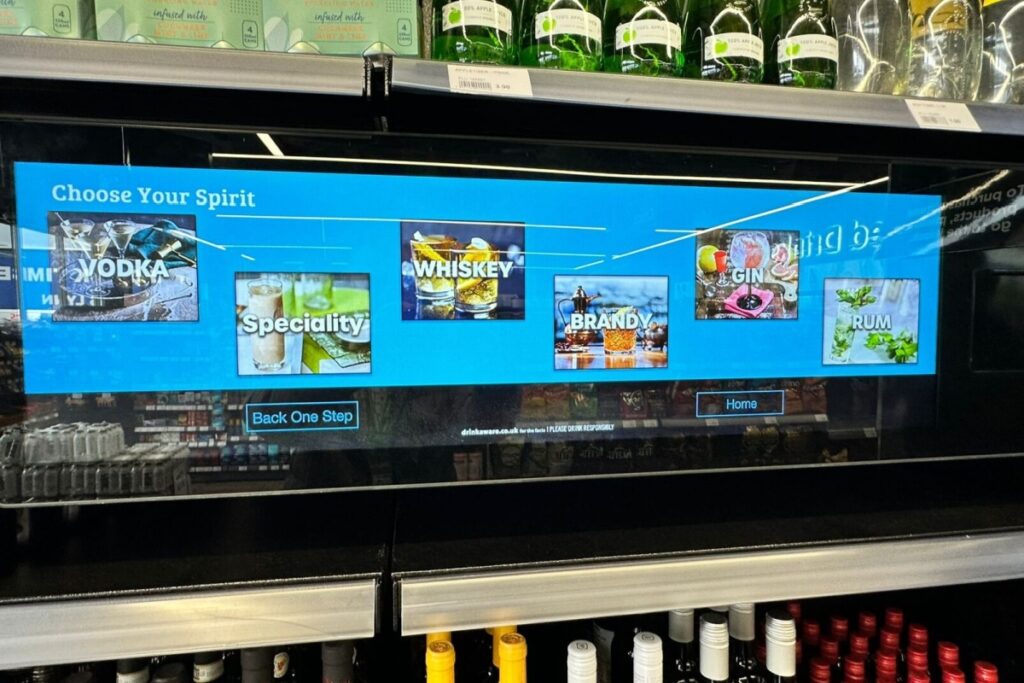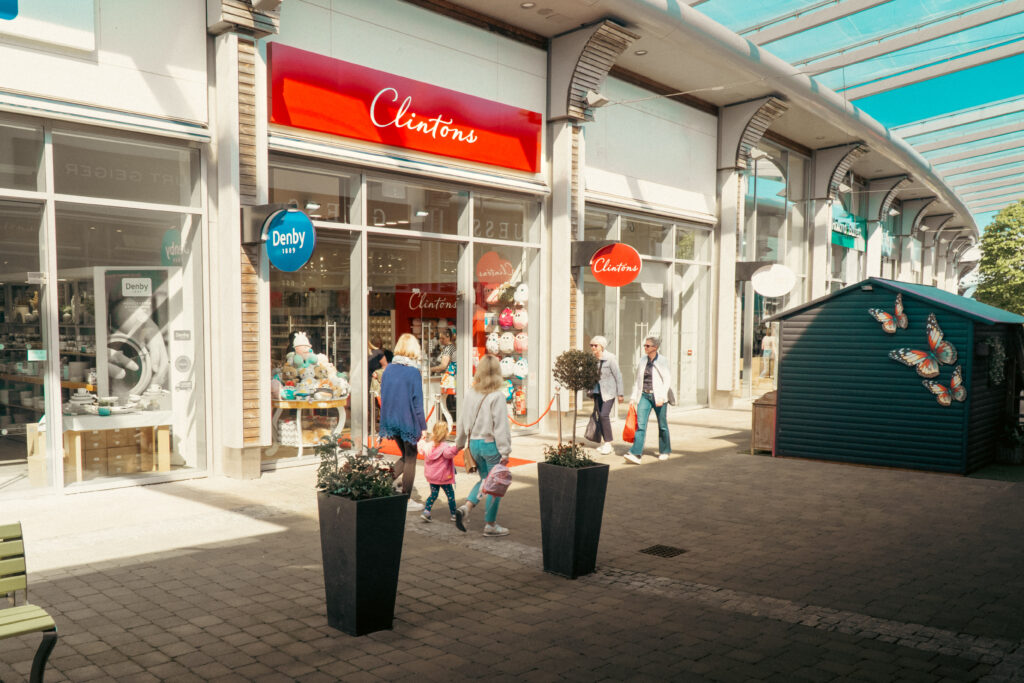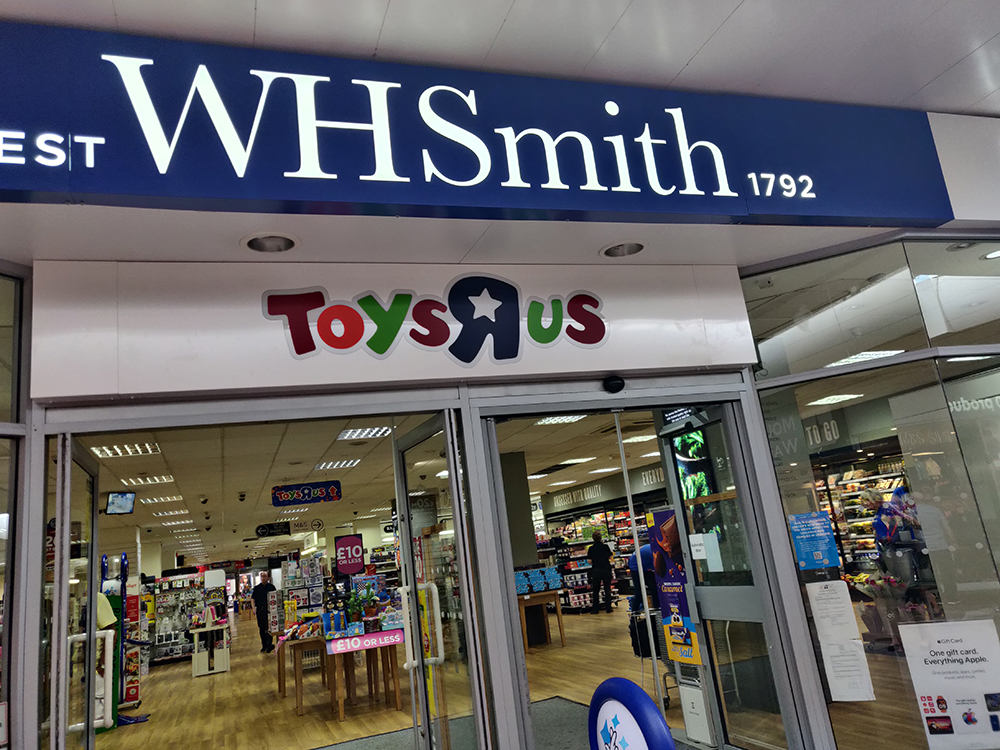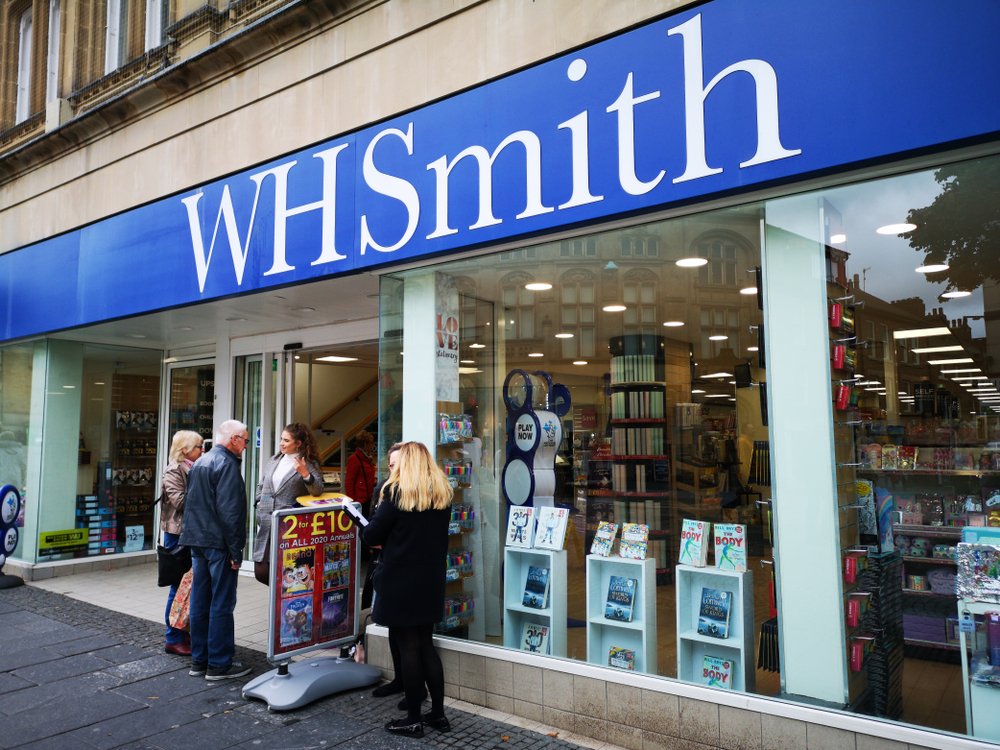The future of the high street has been a source of debate and column inches for years but never has the bricks-and-mortar model been put under more strain than during the Covid-19 pandemic, when retailers were forced to shut, and then totally reimagine how they serve shoppers.

Since then, the sector has staged an impressive recovery, but it continues to weather a challenging macroeconomic backdrop, thanks to high inflation and a cost-of-living crisis that has caused households to tighten their purse strings.
All of this has been playing out amid a shift in how we shop, with more people turning to online.
However, shoppers have yet to fall out of love with the high street altogether. In fact, our recent survey found that, of those who had visited their local high street in the last year, nearly 8 in 10 (78%) would feel sad if it was no longer an option for shopping.
While the UK’s affection for high street shopping persists, there are clear warning signs that it’ll require reinvention if it’s to survive. Almost half (47%) agreed that their high street is no longer relevant and needs to change.
So how can local retailers keep people coming back in-store? And what could the high street of the future look like?
Key to staying relevant will be adapting to changing consumer needs and shopping habits. Right now, we know that one thing is front of mind for consumers and businesses alike: cost.
For retailers, rising input costs for things like raw materials, wages and energy have put an unprecedented strain on their margins. While this is likely to continue to present a challenge in the months ahead, there are marginal gains businesses can make to streamline their operations.
How tech can transform retail
Technology is a crucial part of the solution. For instance, making some in-store or logistics functions automated can enable businesses to save money. This in turn could enable them to pass on some of these savings to consumers, while making their in-store offer go further.
As well as streamlining logistics, technology can enable local retailers to evolve their customer service offering. This is an area that bricks-and-mortar retailers have traditionally always been able to excel in versus online.
People shop in-store because they want to see the products in person and purchase it instantly, they want advice, or they simply like the experience.
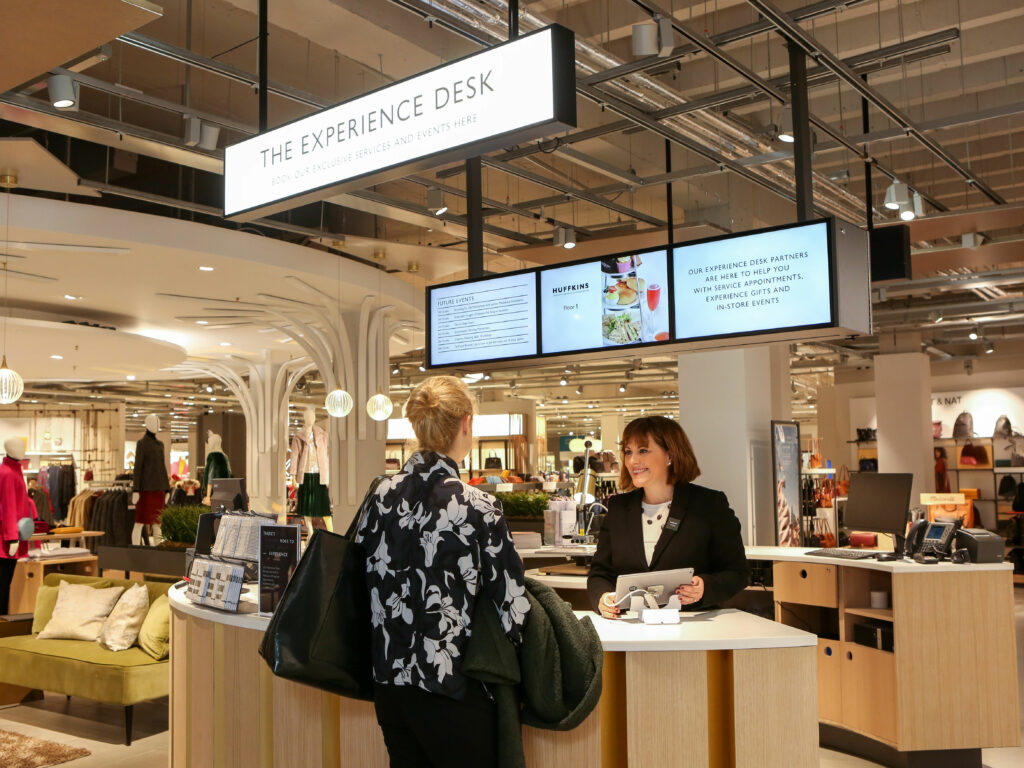
Here, technology can help. The introduction of automation and AI could help to transform the role of retail employees, by freeing them from some of the more menial tasks that prevent them from interacting meaningfully with customers.
As tasks such as restocking shelves become automated, staff will be able to focus their time on other more engaging aspects of their job, which require a crucial human touch.
For instance, we could see greater numbers of consultative advisers who would support customers with expert advice to inform their purchase decision in stores. This could also help to drive footfall, with shoppers returning to the store if they believe that the advice they’re being offered adds value to their shopping experience.
Alongside customer service, undoubtedly, one of the biggest changes that consumers will see will be the personalisation of the shopping experience.
We’ve already started to see this from retailers such as M&S which, at the end of last year, trialled an AR app called List & Go that allows shoppers to upload a list and be guided to where each product is in their local M&S.
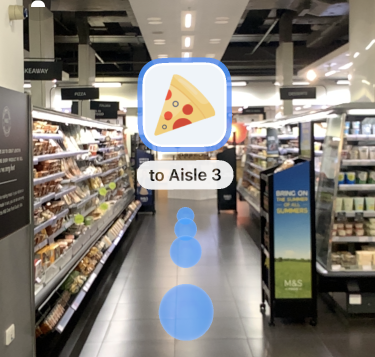
Looking ahead, AI-driven systems could be used by retailers to customise prices or create special offers for individual customers when they walk into store. All of this will allow retailers to make their customers feel valued and special, and more likely to visit their high street.
At a time when shoppers are being even more selective about where and how they spend their cash, the future of the UK high street lies in its relevance and ability to meet local needs.
For many businesses, it will be about focusing on affordability, customer experience, and tailoring their offer to local demand.
Whether that’s through investing in their customer service offering or using AI and automation to enhance the in-store experience, technology will play an important role in ensuring that the UK high street is fit for the future.
Kelly Askew is Europe retail strategy lead at Accenture
Click here to sign up to Retail Gazette‘s free daily email newsletter



